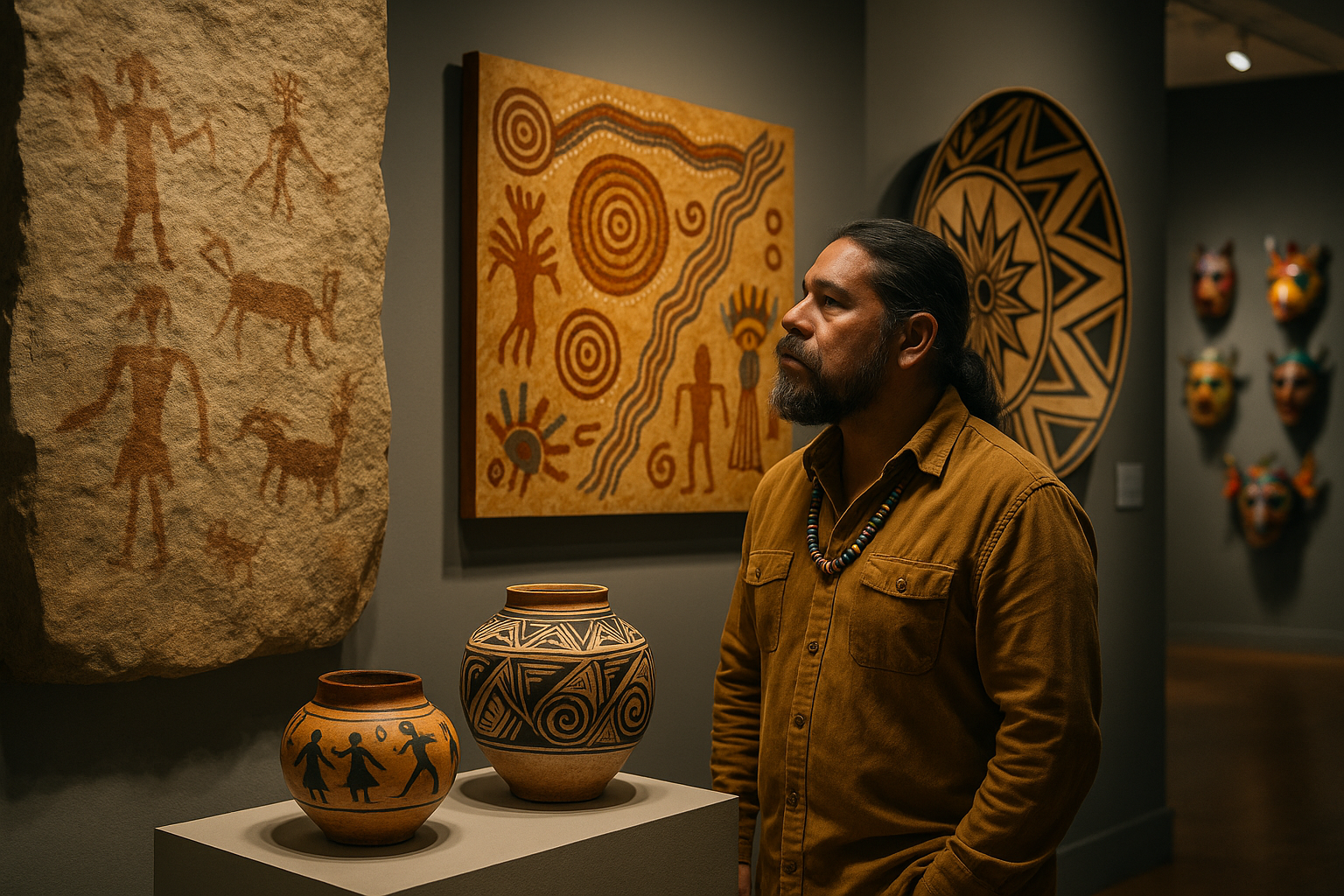Global Resonance of Indigenous Art Forms: A Deep Dive
The global art scene is witnessing a fascinating phenomenon – the rise and recognition of indigenous art forms. This article delves into the historical significance, current developments, and impact of this trend on the global arts and entertainment industry.

Origins and Historical Context
Indigenous art forms have been an integral part of human society for thousands of years. Varying widely across cultures and continents, these art forms are deeply rooted in tradition and history, reflecting the rich diversity of human civilization. From the dreamtime stories etched into Australian Aboriginal rock art to the intricate patterns of Native American pottery, these art forms stand as a testament to the cultural richness, spiritual beliefs, and social structures of indigenous communities.
Current Developments and Recognition
In recent years, there has been an increased global recognition and appreciation for indigenous art forms. Major art exhibitions, festivals, and galleries worldwide are now showcasing indigenous art, bringing to the fore the rich aesthetics, stories, and traditions of indigenous communities. This has resulted in a resurgence of interest in these art forms, creating a niche market and opening up new avenues for indigenous artists to showcase their work at a global level.
Impact on the Global Arts and Entertainment Industry
The rise of indigenous art forms has deeply impacted the global arts and entertainment industry. It has challenged and broadened the conventional aesthetics and narratives, leading to a more inclusive and diverse representation of cultures. Additionally, it has given a platform for indigenous communities to share their stories, experiences, and worldviews, fostering cultural dialogue and understanding. This has also influenced other art forms, from cinema to music, literature to fashion, adding a rich layer of cultural nuance and diversity.
Significance and Reception
The significance of this trend lies not just in the celebration of artistic diversity but also in its potential to address socio-cultural issues. By giving voice to indigenous communities, these art forms can play a crucial role in raising awareness about their struggles, rights, and aspirations. Furthermore, the reception of indigenous art forms has been largely positive, with audiences appreciating the unique aesthetics, powerful storytelling, and cultural richness they offer.
A New Era of Cultural Expression
In conclusion, the global resonance of indigenous art forms marks a new era of cultural expression. It illuminates the rich tapestry of human creativity, transcending borders and connecting cultures. As we continue to explore and appreciate these art forms, we not only celebrate artistic diversity but also foster a deeper understanding of our shared human story.
The emergence of indigenous art forms on the global stage is a testament to the power of art to communicate, connect, and create change. It’s a fascinating trend that promises to add even more depth and diversity to the global arts and entertainment landscape, making it a topic worth exploring and celebrating.






